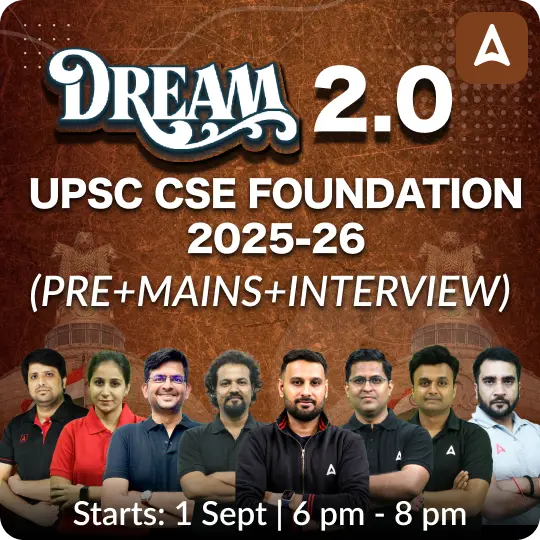Table of Contents
Who are PVTGs?
- PVTG definition: Tribal communities are often identified by some specific signs such as primitive traits, distinctive culture, geographical isolation, shyness to contact with the community at large and backwardness.
- Within these groups, some tribal groups have some specific features such as dependency on hunting, gathering for food, having pre-agriculture level of technology, zero or negative growth of population and extremely low level of literacy.
- These particular group are called Particularly Vulnerable Tribal Groups (PVTGs).
PVTG in India: Need to identify
- More developed and assertive tribal groups take a major chunk of the tribal development PVTGs, on the other hand, are more vulnerable among the tribal groups. Due to this reason, PVTGs need more funds directed for their development.
- In 1975, the Government of India initiated to identify the most vulnerable tribal groups as a separate category called PVTGs and declared 52 such groups, while in 1993 an additional 23 groups were added to the category, making it a total of 75 PVTGs out of 705 Scheduled Tribes, spread over 17 states and one Union Territory (UT), in the country.
PVTG UPSC: How are they identified?
- Pre-agricultural level of technology
- Low level of literacy
- Economic backwardness
- A declining or stagnant population.
Statewise list of PVTGs in India.
| State / UT Name | PVTGs Name |
| Andhra Pradesh and Telangana | 1. Bodo Gadaba
2. Bondo Poroja 3. Chenchu 4. Dongria Khond 5. Gutob Gadaba 6. Khond Poroja 7. Kolam 8. Kondareddis 9. Konda Savaras 10. Kutia Khond 11. Parengi Poroja 12. Thoti |
| Bihar and Jharkhand | 13. Asurs
14. Birhor 15. Birjia 16. Hill Kharia 17. Konvas 18. Mal Paharia 19. Parhaiyas 20. Sauda Paharia 21. Savar |
| Jharkhand | Same as above |
| Gujarat | 22. Kathodi
23. Kohvalia 24. Padhar 25. Siddi 26. Kolgha |
| Karnataka | 27. Jenu Kuruba
28. Koraga |
| Kerala | 29. Cholanaikayan (a section of Kattunaickans)
30. Kadar 31. Kattunayakan 32. Kurumbas 33. Koraga |
| Madhya Pradesh and
Chhattisgarh |
34. Abujh Macias
35. Baigas 36. Bharias 37. Hill Korbas 38. Kamars 39. Saharias 40. Birhor |
| Chhattisgarh | Same as above |
| Maharashtra | 41. Katkaria (Kathodia)
42. Kolam 43. Maria Gond |
| Manipur | 44. Marram Nagas |
| Odisha | 45. Birhor
46. Bondo 47. Didayi 48. Dongria-Khond 49. Juangs 50. Kharias 51. Kutia Kondh 52. Lanjia Sauras 53. Lodhas 54. Mankidias 55. Paudi Bhuyans 56. Soura 57. Chuktia Bhunjia |
| Rajasthan | 58. Seharias |
| Tamil Nadu | 59. Kattu Nayakans
60. Kotas 61. Kurumbas 62. Irulas 63. Paniyans 64. Todas |
| Tripura | 65. Reangs |
| Uttar Pradesh and Uttarakhand | 66. Buxas
67. Rajis |
| West Bengal | 68. Birhor
69. Lodhas 70. Totos |
| Andaman & Nicobar Islands | 71. Great Andamanese
72. Jarawas 73. Onges 74. Sentinelese 75. Shorn Pens |
UPSC favourite topics





 TSPSC Group 1 Question Paper 2024, Downl...
TSPSC Group 1 Question Paper 2024, Downl...
 TSPSC Group 1 Answer key 2024 Out, Downl...
TSPSC Group 1 Answer key 2024 Out, Downl...
 UPSC Prelims 2024 Question Paper, Downlo...
UPSC Prelims 2024 Question Paper, Downlo...







